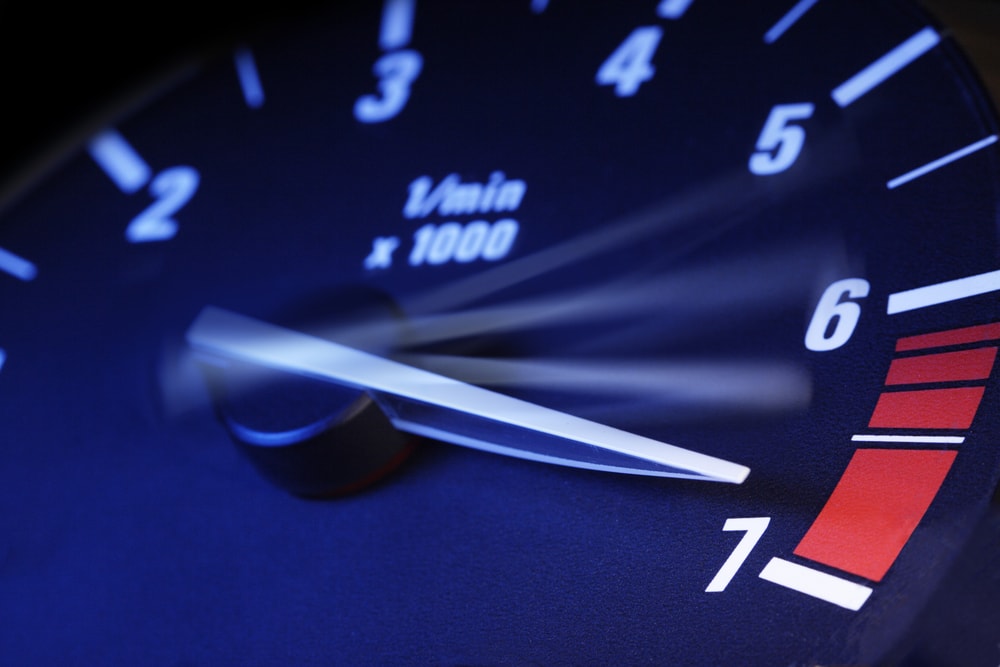
What Does a Tachometer Do and Why Does It Matter?
Share
A tachometer is a vital instrument in both automobiles and machinery, providing real-time data on engine speeds.
Understanding 'what does a tachometer do' is essential for tech professionals and enthusiasts alike, as it plays a crucial role in performance tuning and diagnostics.

The Basics of a Tachometer
At its core, what does a tachometer do is measure the rotational speed of an engine, indicated in revolutions per minute (RPM). Knowing the engine's RPM allows drivers to operate their vehicles within optimal performance ranges.
There are different types of tachometers, including analog and digital, each serving the same essential purpose but presenting the information in unique formats.
The Functionality of Tachometers
Tachometers function through various mechanisms such as electromagnetic induction or using a physical connection to the engine. Some modern vehicles incorporate advanced technologies like sensors to relay this data directly to the dashboard.
Why a Tachometer is Important
Understanding the role of the tachometer is paramount, as it aids in maintaining engine health and efficiency. If the engine runs too fast, it risks overheating; too slow, and it can stall. Keeping an eye on RPM allows operators to make necessary adjustments.
How Tachometers Are Used in Various Applications
Tachometers find applications in numerous fields, from automotive engineering to aerospace. For example, in cars, they are typically integrated into the dashboard, allowing drivers to know the engine speed instantly.
In industrial applications, tachometers are crucial for monitoring machinery performance, ensuring that systems run efficiently and identifying potential issues early.
Understanding Different Types of Tachometers
There are several types of tachometers, including:
- Mechanical Tachometers: Operated via cables that connect to the engine.
- Electronic Tachometers: Utilize sensors and provide digital readouts.
- Contact Tachometers: Used for handheld applications, where contact is made with a rotating shaft.
The type of tachometer you choose depends largely on the application and the degree of accuracy required.
The Importance of Calibration
To ensure accuracy, tachometers should be calibrated regularly. Calibration establishes a reference point and can prevent false readings that can lead to engine damage.
Consider using a professional service for calibration, especially for high-performance engines where precision is critical.
Learning to Read a Tachometer
Reading a tachometer effectively is essential for optimal performance:
- Understand the color zones: most tachometers indicate green, yellow, and red zonesgreen signifies optimal performance, while red indicates danger.
- Monitor RPM at critical driving moments, such as during overtaking or climbing hills.
Common Issues with Tachometers
While tachometers are robust, they can encounter issues. Some common problems include:
- Inaccurate readings due to electrical faults.
- Broken cables in mechanical tachometers.
- Calibration drift over time.
Whenever you encounter inconsistency in readings, consult a professional to address these problems promptly.
Benefits of Understanding Tachometers
For tech professionals and enthusiasts, a thorough knowledge of tachometers enhances skills in automotive diagnostics and performance tuning. Familiarity with tachometer functionalities empowers better decision-making in fleet management and personal vehicle care.

Frequently Asked Questions (FAQs)
What is the ideal RPM range for most engines?
The ideal RPM range typically falls between 2,000 and 3,000 RPM, depending on the vehicle model and terrain.
Can a tachometer help improve fuel efficiency?
Yes, by allowing drivers to maintain optimal RPMs, a tachometer can contribute to improved fuel economy.
Do all vehicles have tachometers?
No, while most modern vehicles come equipped with them, some older models do not include a tachometer.
As an Amazon Associate, I earn from qualifying purchases.
